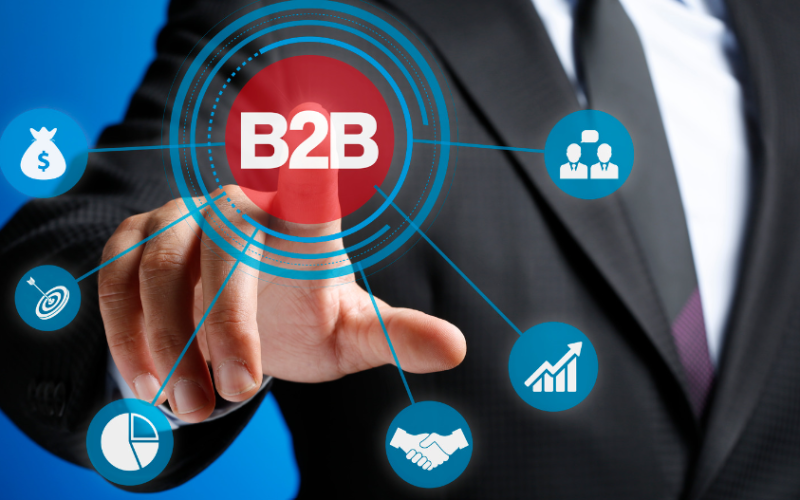B2B business models are a crucial component of the modern economy, as they enable companies to sell products and services to other businesses. But what exactly is a B2B business model, and how does it work? This comprehensive guide explores everything you need to know about B2B business. We’ll cover everything from the different types of B2B models to the benefits and challenges of operating in this space. Whether you’re a seasoned entrepreneur or just starting out in the business world, this guide will provide valuable insights into the complex world of B2B commerce. So grab a cup of coffee and get ready to learn!
What is a B2B Business Model?

A B2B (business-to-business) business model refers to a type of business that provides products or services to other businesses rather than consumers. This means that the focus is on building relationships with other businesses, understanding their needs, and providing solutions to help them achieve their goals. B2B businesses can range from small business startups to large corporations and can be found in various industries such as technology, manufacturing, and professional services. The main goal of a B2B business model is to create long-term partnerships with other businesses in order to create mutual benefits and drive growth for both parties involved.
Types of B2B Business Models
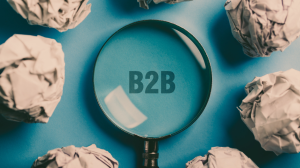
Companies can adopt several types of business-to-business (B2B) models, depending on their industry, market, and specific objectives. Here are some common types of B2B business models
1. Manufacturer or Supplier
In this model, a company manufactures or produces products and sells them directly to other businesses or wholesalers. They may focus on producing raw materials, components, or finished goods that are used by other businesses in their production or distribution processes.
2. Distributor or Wholesaler
Distributors or wholesalers purchase products in bulk from manufacturers or suppliers and then sell them to retailers or other businesses. They act as intermediaries in the supply chain, providing a convenient distribution network and often offering additional services such as warehousing, inventory management, and logistics.
3. Marketplace or E-Commerce
B2B marketplaces or e-commerce platforms bring together multiple buyers and sellers in a digital environment. These platforms enable businesses to showcase their products or services and facilitate transactions between buyers and sellers. Examples include Alibaba, Amazon Business, and Thomasnet.
4. Franchise
Franchise B2B models involve granting the right to operate a business under an established brand and business model. The franchisor provides support, training, and access to resources while the franchisee operates the business and pays royalties or fees to the franchisor. This model is commonly seen in food services, hospitality, and retail industries.
5. Value-Added Reseller (VAR)
VARs purchase products or services from manufacturers or suppliers and enhance them by adding additional features, customizations, or bundling them with other complementary products. VARs then sell the enhanced products or services to businesses that require the added value. This model is often seen in the technology industry.
6. Managed Services
In this model, businesses provide ongoing services and support to other businesses. These services can include IT infrastructure management, software development, consulting, marketing ideas, human resources, and more. The service provider manages and delivers specific services to support the client’s operations.
Connecting with Your Trading Partners Using B2B Models
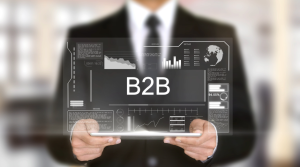
As your business grows, you’ll likely find yourself working with more and more trading partners. Keeping track of your relationships can be challenging, but using a B2B model can help.
B2B models allow businesses to share information and connect with each other electronically. This means you can manage your relationships with trading partners more effectively and automate many of the tasks associated with maintaining those relationships.
There are a few types of B2B models, but the EDI (Electronic Data Interchange) model is the most common. EDI allows businesses to exchange documents electronically, which can save time and money. Other types of B2B models include web services and XML-based systems.
No matter which B2B model you use, connecting with your trading partners is essential to keeping your business running smoothly. By using a B2B system, you can streamline communication and stay organized, all while keeping costs down.
How to Choose the Right B2B Model for Your Business?
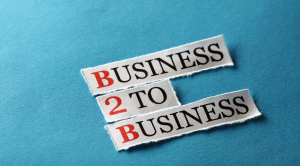
Choosing the right B2B model for your business can be daunting, but it is an important decision that can greatly impact your company’s success. Here are some steps to help you choose the right B2B model:
1. Identify your target customers and their needs: Understanding your target customers and their specific needs can help you determine which B2B model will work best for your business.
2. Research different B2B models: There are several different B2B business models to choose from, including supplier-focused, marketplace, and subscription-based models. Researching each option can help you determine which aligns best with your business goals.
3. Consider your resources and capabilities: Your business’s resources and capabilities will significantly determine which B2B model is right for you. For example, if you have limited resources, a subscription-based model may be more feasible than a marketplace model.
4. Test your chosen B2B model: Once you have selected a B2B model, test it out to see how well it works for your business. This can help you identify any areas that need improvement and fine-tune your approach to maximize success.
5. The Benefits and Risks of a B2B Model
The business-to-business (B2B) model involves the exchange of products, services, or information between two or more businesses rather than between a business and individual consumers. This model has several benefits and risks that are important to consider.
Benefits of a B2B Model
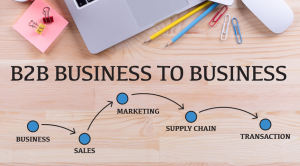
1. Higher revenue potential: B2B transactions typically involve larger order sizes and higher transaction volumes, leading to the potential for greater revenue generation compared to B2C models.
2. Long-term relationships: B2B transactions often focus on building long-term partnerships and relationships with other businesses. This can lead to repeat business, loyalty, and a stable customer base.
3. Larger market opportunities: B2B models enable businesses to tap into larger market segments, including other businesses that require their products or services. This expands the potential customer base and growth opportunities.
4. Customization and personalization: B2B transactions often involve customizing products or services to meet the specific needs and requirements of the business customers. This level of personalization can lead to higher customer satisfaction and loyalty.
5. Streamlined processes: B2B transactions often involve standardized processes, such as electronic data interchange (EDI) and automated ordering systems. These streamlined processes can lead to efficiency gains, reduced costs, and improved operational effectiveness.
Risks of a B2B Model

1. Dependency on a few large customers: B2B models may rely heavily on a few key customers for a significant portion of their revenue. If one or more of these customers are lost, it can substantially impact the business.
2. Lengthy sales cycles: B2B sales cycles are often longer compared to B2C models. The decision-making process in businesses can be complex, involving multiple stakeholders and extensive evaluations. This can lead to longer sales cycles and delayed revenue generation.
3. Market fluctuations: B2B businesses can be susceptible to market fluctuations and economic downturns. When businesses face financial constraints, they may reduce spending on products or services provided by other businesses, impacting the revenue of B2B companies.
4. Intense competition: B2B markets can be highly competitive, with multiple businesses vying for the same customers. The competition may lead to price pressures, reduced profit margins, and the need for continuous innovation to stay ahead.
5. Dependence on business relationships: B2B models rely heavily on establishing and maintaining strong relationships. If a key business relationship deteriorates or a competitor develops a stronger relationship, it can disrupt the business and impact revenue.
It is important for businesses operating under a B2B model to carefully assess these benefits and risks to make informed decisions and develop strategies to mitigate potential challenges.
Challenges Faced by B2B Businesses

B2B businesses often face a number of challenges when it comes to marketing and selling their products or services. Here are some of the most common challenges faced by B2B businesses:
1. Reaching the right audience: Many decision-makers are often involved in the purchase process for B2B products or services. This can make reaching the right people with your marketing and sales messages difficult.
2. Managing relationships: B2B relationships are often long-term and complex. This can make it difficult to manage these relationships effectively.
3. Creating compelling content: B2B businesses often need to create highly technical and detailed content in order to persuade potential customers to purchase their products or services. This can be a challenge, as it can be difficult to balance informative and interesting content.
4. Demonstrating ROI: Many B2B buyers are focused on ensuring they get a good return on investment for any products or services they purchase. This means that B2B businesses need to demonstrate the ROI of their products or services to persuade potential customers to buy from them.
5. Managing finances: B2B businesses often have large amounts of money tied up in inventory and other assets such as property and equipment. This can challenge cash flow management, particularly in tough economic times when customers may be reluctant to make purchases.
Conclusion
B2B business models are a complex and dynamic area of commerce that requires careful consideration and planning. It is important for businesses to understand the various models available and choose the one that best suits their needs. By doing so, they can maximize their profitability and ensure long-term success. Whether you’re just starting out or looking to expand your existing B2B business, staying informed about the latest trends and developments in this field is essential. With the right knowledge and resources, you can create a strong B2B strategy that will help you achieve your goals and drive your business forward.





